Cleaning advice passed down from parents and grandparents often comes with authority—and plenty of nostalgia. But not every tip that worked in the ‘70s or ‘90s holds up today. As cleaning products evolve and science teaches us more about hygiene, many long-held habits are being challenged by professionals. Here are 14 once-standard cleaning practices that experts now say might be doing more harm than good.
1. Scrubbing Carpets After a Spill
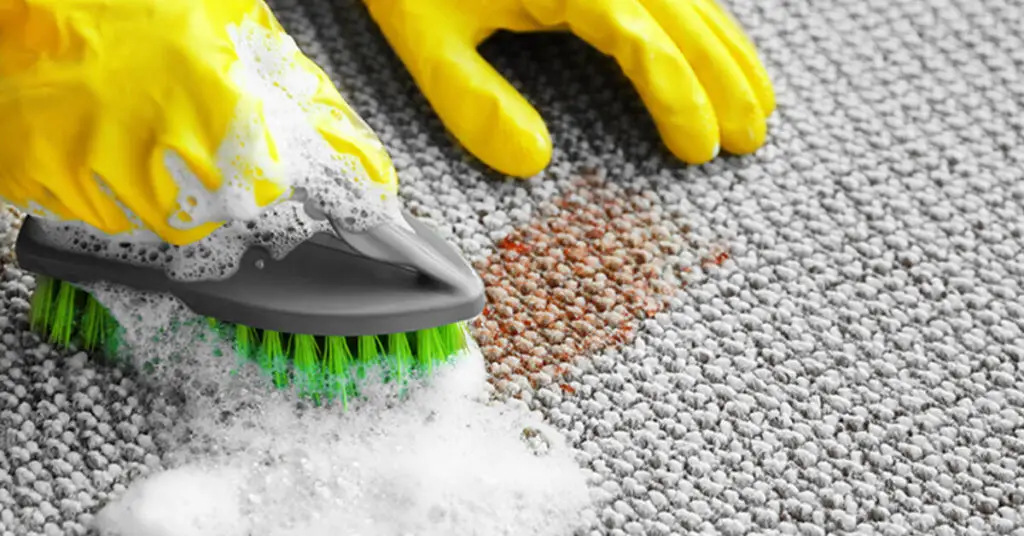
According to the American Cleaning Institute, vigorously scrubbing a spill into the carpet can actually cause the stain to set deeper. Yet for years, parents encouraged fast and furious blotting with anything within reach. That technique frays fibers and spreads the mess. Experts now recommend gently blotting from the outside in with a clean, absorbent towel.
Modern stain removers work best when the mess isn’t aggressively ground in. Enzyme-based cleaners can help break down food, pet, and organic stains without the need for elbow grease. Letting the product sit for a few minutes is more effective than immediate scrubbing. It’s one of those cases where patience really does pay off.
2. Using Vinegar for Everything
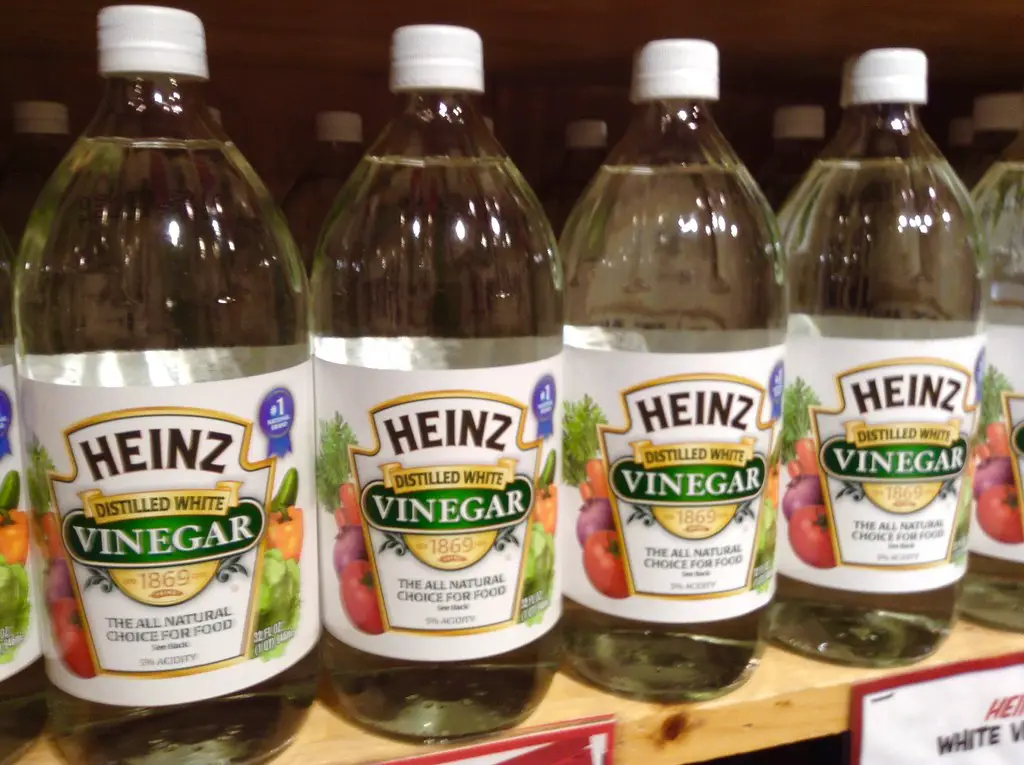
Vinegar has long been hailed as a miracle cleaner—especially by the older generations—but experts warn it’s not a cure-all. As noted by Consumer Reports, vinegar is too acidic for certain surfaces like granite, marble, and hardwood floors. Over time, it can cause etching or dull the finish. It’s great for glass and some bathroom surfaces, but not universally safe.
Professionals recommend checking manufacturer instructions before using vinegar-based solutions. For delicate surfaces, pH-neutral cleaners are often safer and just as effective. And despite its natural label, vinegar doesn’t disinfect the way bleach or hydrogen peroxide can. It’s time to stop treating it like a universal solution.
3. Polishing Wood Furniture Weekly

According to The Spruce, over-polishing wood furniture with oil- or wax-based products can lead to sticky buildup and attract more dust. But many of us grew up watching our parents break out the lemon-scented furniture polish every Sunday. It turns out, modern wood finishes don’t need weekly treatments—just occasional dusting and a light polish a few times a year.
Too much product can actually dull wood surfaces over time. Many pros now recommend microfiber cloths and a damp (not wet) wipe to maintain the look. If your wood has a protective finish, constant polishing won’t improve it—it might just leave streaks. Less really is more when it comes to maintenance.
4. Mopping Floors with Soapy Water
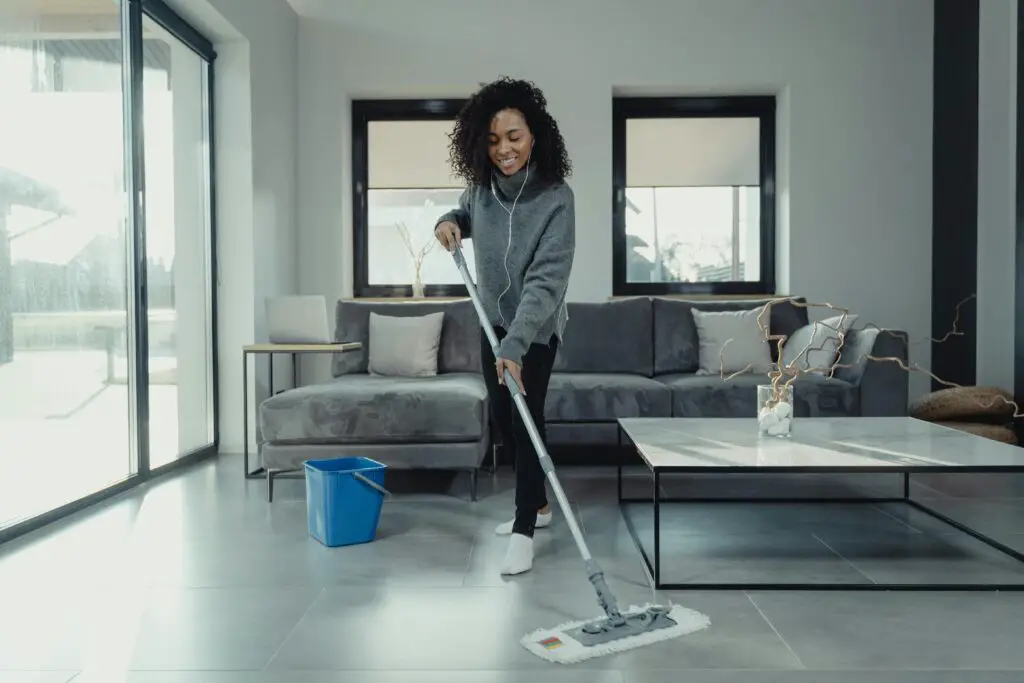
As noted by Good Housekeeping, overly soapy water can leave residue behind, especially on tile or laminate floors. Yet it’s still common for parents to recommend a big bucket of suds as the gold standard for clean floors. The problem is that soap buildup attracts dirt and causes streaking. Even worse, using the wrong kind of mop can just push grime around.
Experts now lean toward microfiber mops and diluted, rinse-free solutions. These tools lift dirt without creating slippery or sticky surfaces. For laminate and hardwood, using too much water can also warp boards or damage sealants. So while that sudsy bucket may feel nostalgic, it’s often doing more harm than good.
5. Bleach for Everything
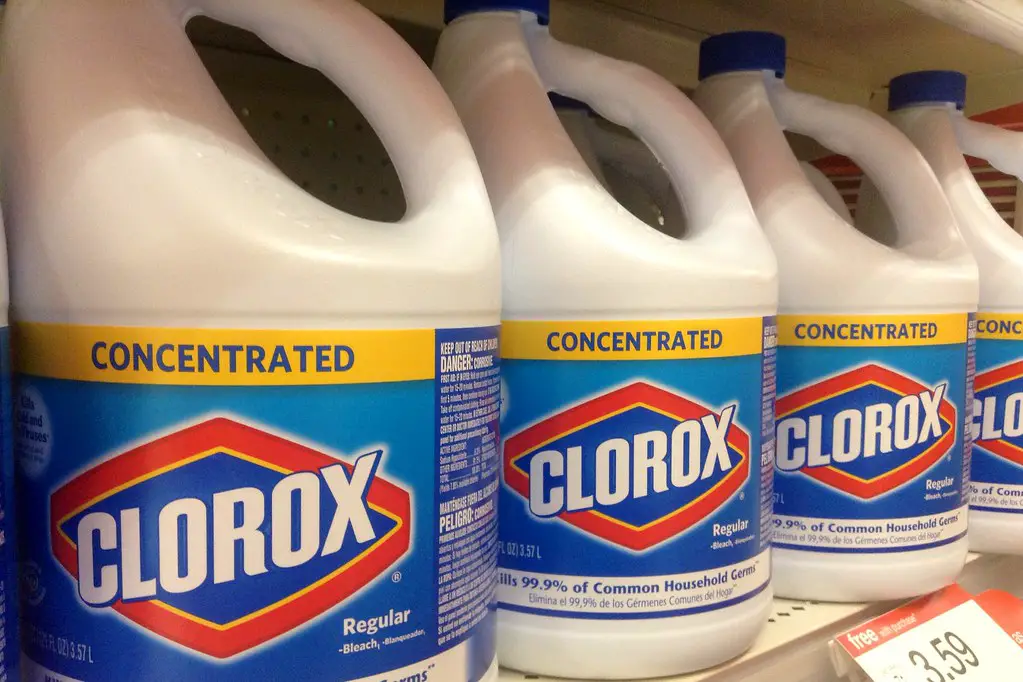
Bleach was once the go-to solution for disinfecting nearly every surface—but professionals now caution against overuse. It’s powerful, yes, but also corrosive and damaging to many materials. Over time, it can ruin grout, break down fabrics, and irritate your lungs and skin. Using it incorrectly (or mixing it with other cleaners) can even release toxic fumes.
Today’s EPA-approved disinfectants often provide the same germ-killing benefits with less risk. Professionals now recommend using bleach sparingly and only when necessary. And always in a well-ventilated area, with proper dilution. Sometimes, safer solutions like hydrogen peroxide or alcohol-based sprays are a better call.
6. Feather Dusters Actually Work
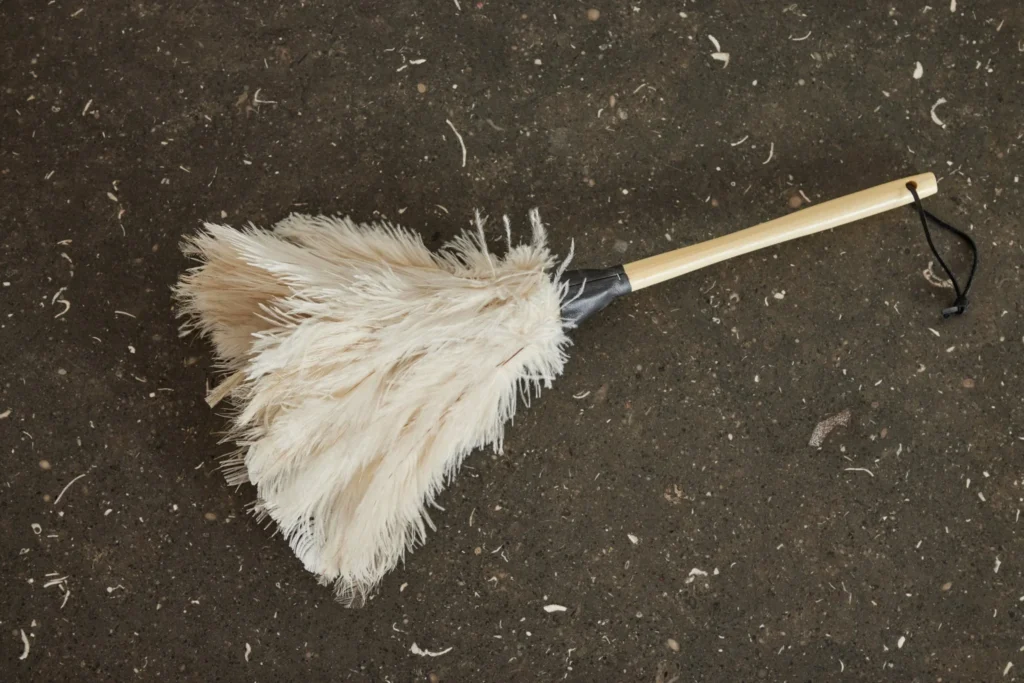
Feather dusters were once considered essential for weekly chores, but they mostly just redistribute dust. Modern cleaning experts recommend microfiber cloths instead, which actually trap and remove particles. Using a feather duster on electronics or open shelving can make allergies worse by sending particles airborne. They might look elegant, but they’re not very efficient.
Microfiber cloths paired with a damp mist or dusting spray offer better results without spreading debris. Regularly washing your microfiber is also key. Professionals now prioritize removing dust—not just swiping at it. So unless your feather duster is just for show, it may be time to retire it.
7. Washing Windows on a Sunny Day
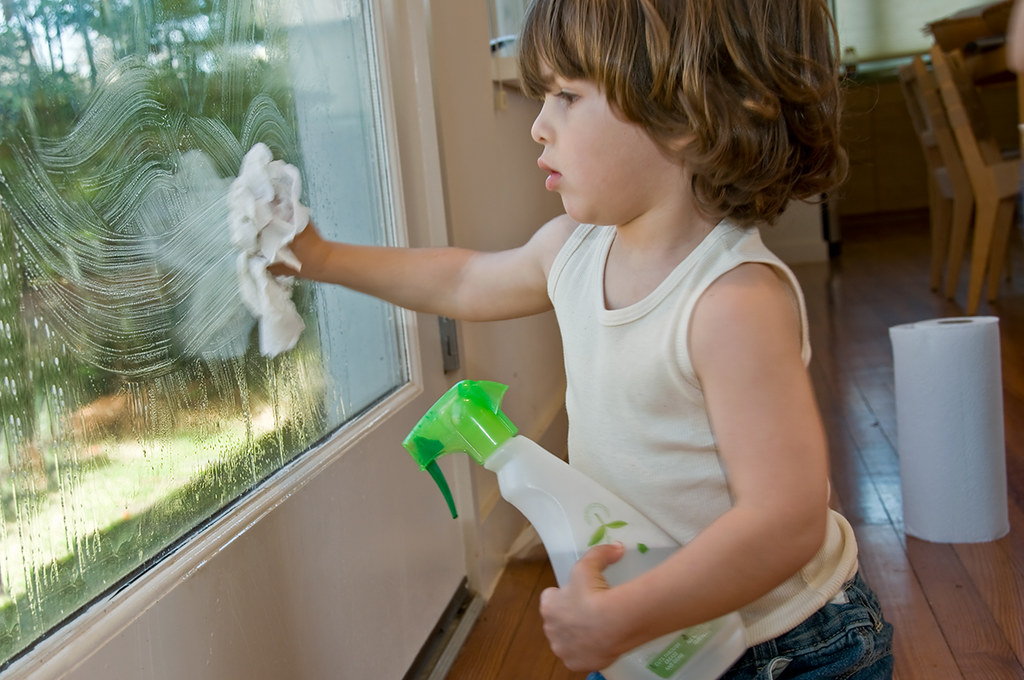
It seems logical to clean windows when the sun is shining so you can see the streaks—but it’s actually the worst time to do it. Heat and sunlight cause cleaners to dry too fast, leaving residue behind. Pros recommend washing windows on cloudy days or in the early morning. This gives your cleaner time to dissolve grime before evaporation.
Many people also overuse product, thinking more will help get windows sparkling. In truth, a small amount paired with a squeegee or microfiber cloth does the trick. The key is to work in small sections and avoid direct sunlight. That way, you get clear, streak-free glass—without the frustration.
8. Cleaning Walls Top to Bottom

This habit might sound harmless, but starting from the top can actually cause drips to streak downward and dry awkwardly. Professionals recommend cleaning walls from the bottom up in small sections, then wiping dry immediately. This helps catch any runoff and prevents streaks or dirty water trails. It’s a detail that makes a big difference in the final look.
Parents may have thought top-down meant gravity would help, but the results often suggest otherwise. Use a gentle cleaner and a damp sponge or cloth. And don’t forget to dust baseboards and moldings first—they often hold more grime than the walls themselves. A little technique goes a long way.
9. Rinsing Dishes Before Loading the Dishwasher
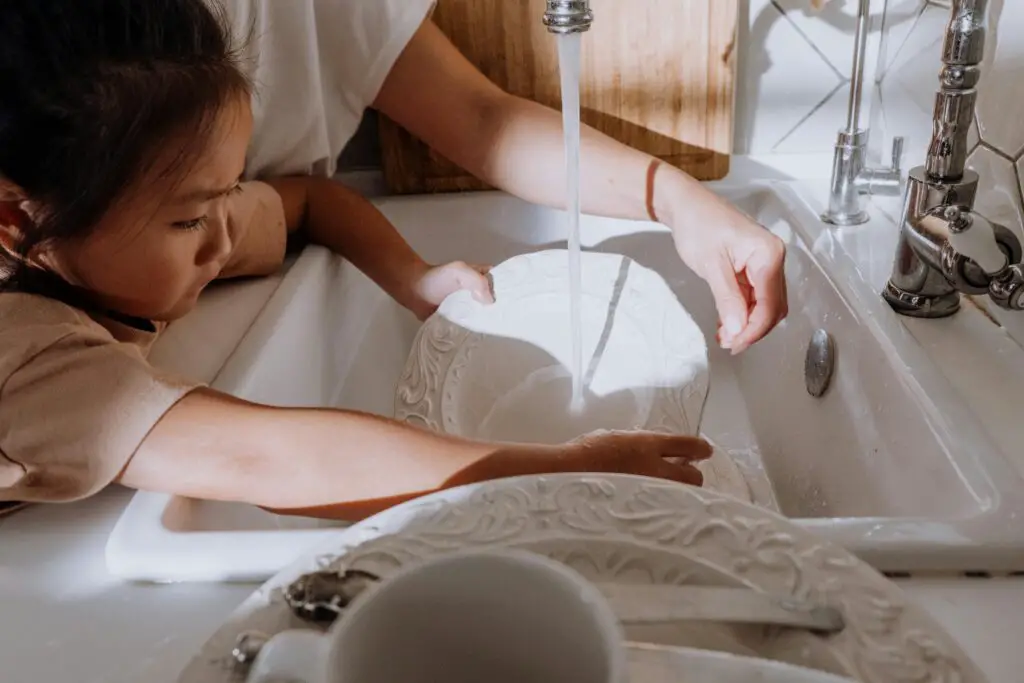
For decades, people believed you had to rinse every dish before loading the dishwasher. But newer models are actually designed to handle food particles, and rinsing can reduce detergent efficiency. Scraping food off is still necessary—but pre-rinsing wastes time and water. Modern dishwashers even have sensors that assume there’s grime to clean.
In fact, some manufacturers say pre-rinsing can confuse the machine and leave dishes dirtier. Let the dishwasher do its job! Just scrape large chunks and let the jets handle the rest. It’s one of the simplest habits to change for better results.
10. Using the Same Sponge for Everything
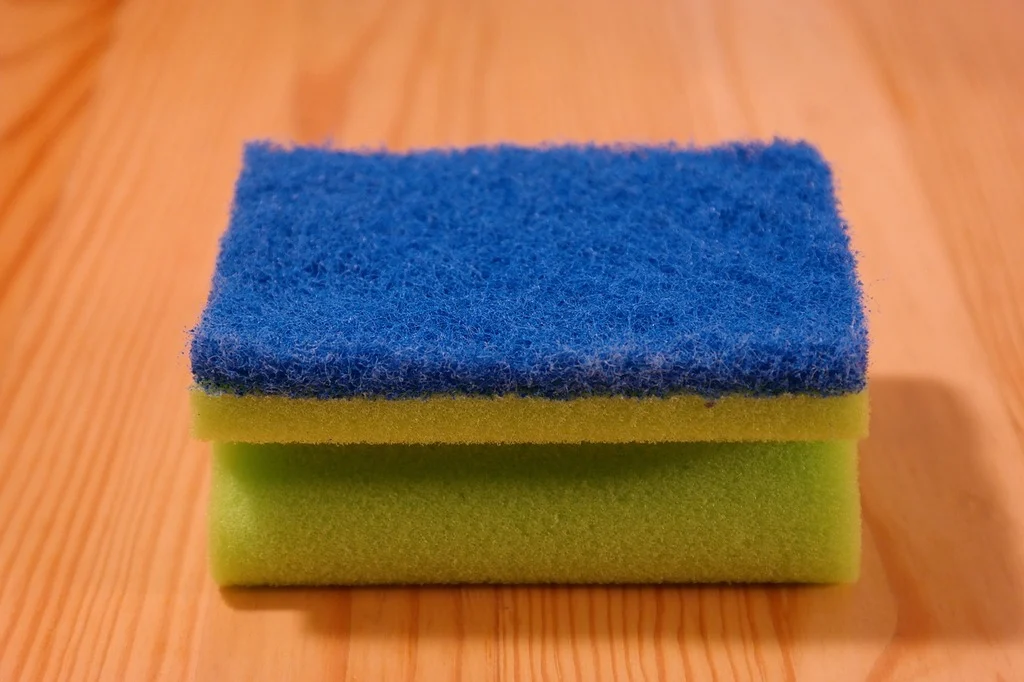
Sponges used to be the ultimate multitaskers—but pros now warn against cross-contamination. Using one sponge for dishes, counters, and spills can spread bacteria around your home. Sponges stay damp and warm—perfect for breeding germs. In fact, they should be disinfected or replaced weekly.
Professionals recommend color-coded microfiber cloths for different jobs. For example, one for dishes, one for bathrooms, and one for counters. Or consider using disposable scrubbers for high-risk areas. Either way, your kitchen—and your immune system—will thank you.
11. Flushing with the Lid Open
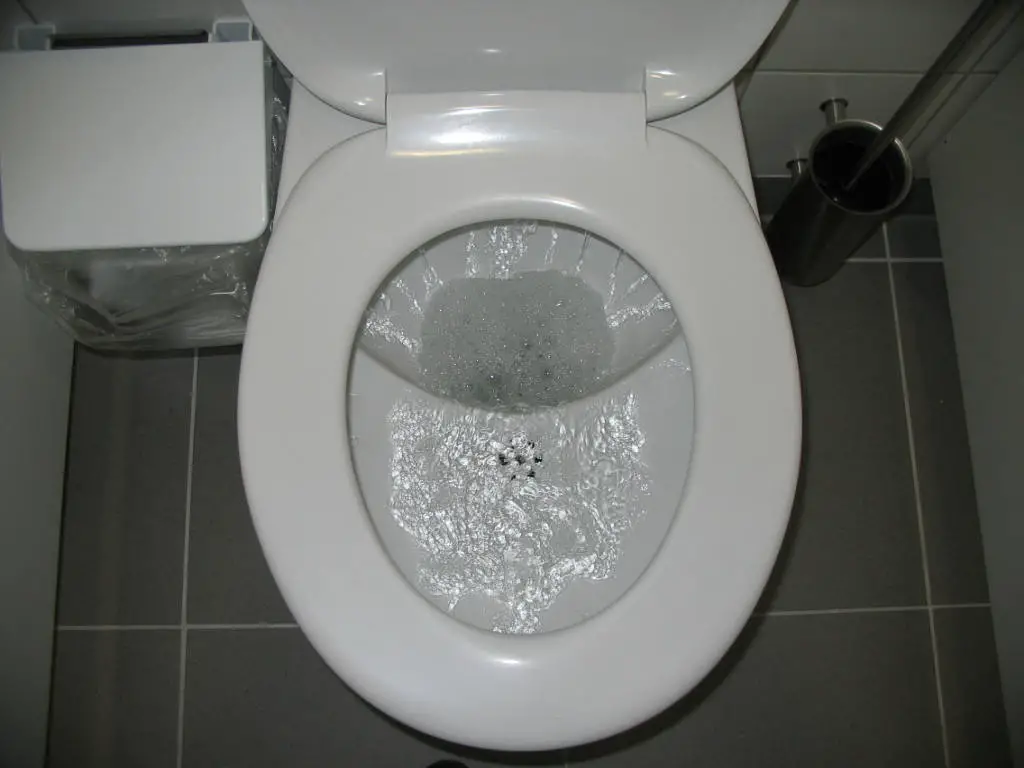
Many parents never mentioned this, but science now tells us flushing with the lid open can launch microscopic particles into the air. This “toilet plume” can spread germs onto nearby surfaces—including toothbrushes and hand towels. Gross, right? That’s why experts now recommend closing the lid before flushing.
It’s a simple change that prevents unnecessary exposure to bacteria and viruses. Especially in shared bathrooms, this habit makes a big difference. Combine it with regular cleaning and ventilation, and your bathroom stays far more hygienic. Some things really are worth unlearning.
12. Air-Drying Towels and Sponges in the Bathroom
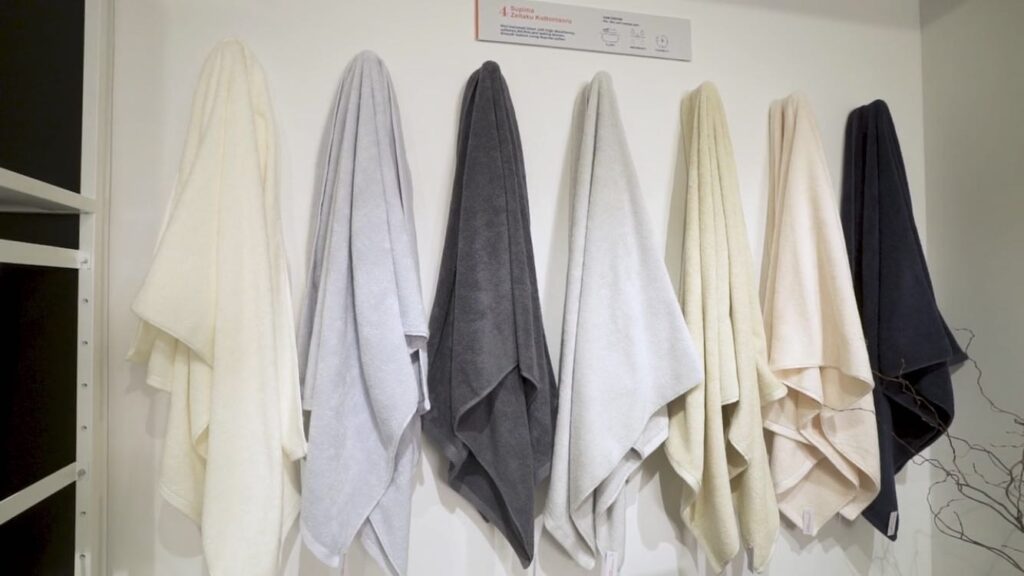
It seems logical to hang towels and sponges right where you use them—but the bathroom’s humidity creates a breeding ground for mildew and bacteria. Professionals now suggest drying these items in a space with better airflow. Leaving damp towels in a steamy room doesn’t just smell bad—it invites trouble. Mold can develop in as little as 24 hours.
Instead, hang towels near an open window or in a hallway with air circulation. Wash cloths and bath towels frequently, especially if multiple people use them. Letting your items dry completely between uses is key to keeping things clean. It’s not just about looks—it’s about health.
13. Ignoring Your Washing Machine
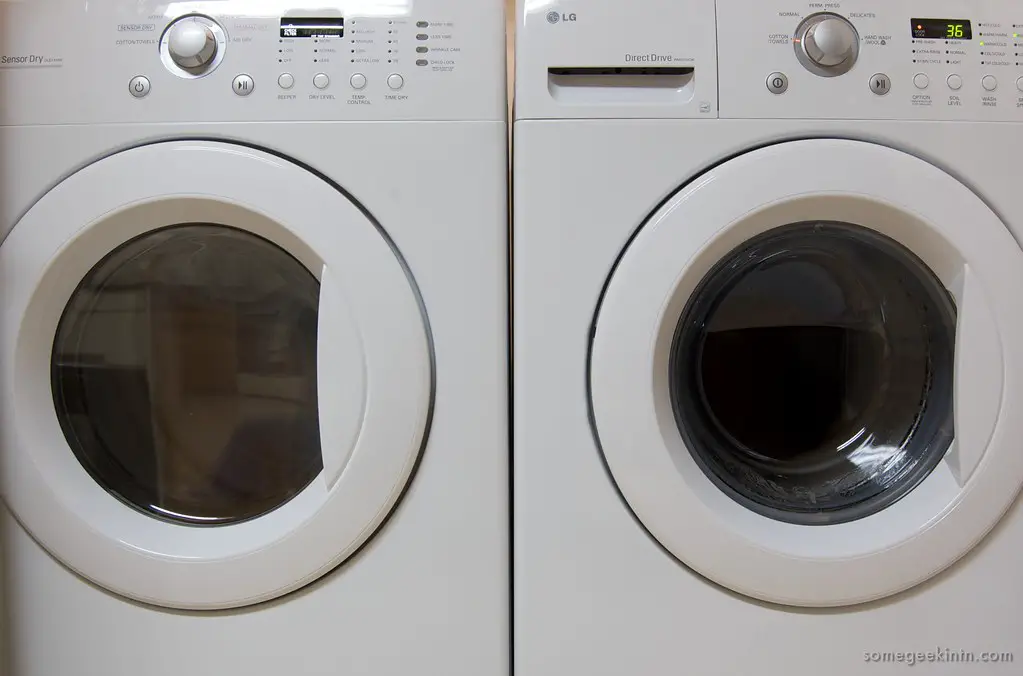
Many people were taught to toss in detergent, close the lid, and forget about it. But today’s machines need regular cleaning themselves. Mold, detergent residue, and hard water buildup can all affect performance—and your clothes. Experts now recommend monthly cleanings using vinegar, baking soda, or washing machine cleaner.
Don’t forget to wipe the rubber seals and leave the door open to prevent mildew. Front-loading machines in particular can harbor grime if neglected. This quick habit helps clothes smell fresher and extends your appliance’s life. It’s a modern must that your parents likely skipped.
14. More Detergent Means Cleaner Laundry

It feels intuitive to use more soap for dirtier loads—but experts say that’s a big mistake. Excess detergent can cling to clothes and leave a residue that attracts more dirt over time. It also builds up inside your washer, leading to smells and breakdowns. In the worst cases, it can even make allergies worse.
Professionals recommend following the exact measurements on the label—or even using slightly less. Modern machines and detergents are efficient and designed for small quantities. Using too much can cancel out their benefits. Your clothes, and your washer, will thank you for scaling back.
